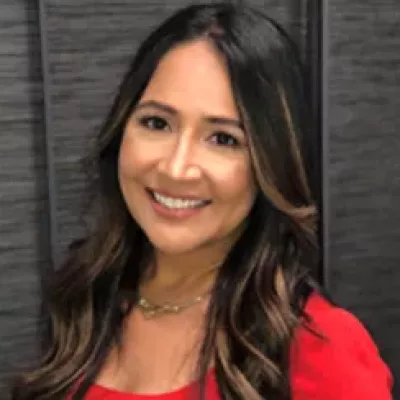Georgina Maldonado: The statistics on uninsured children are constantly changing given the world we are currently living in. At the moment, there are reports that differ slightly between the Insure the Uninsured Project and the Annual Report on the Conditions of Children in Orange County. But, roughly 8 percent of Orange County residents are uninsured, which means that between 2.5 percent and 2.9 percent of Orange County children are uninsured, which is approximately 8,000 children under the age of 19. This compares to 3.1 percent statewide and 5.2 percent nationwide.
Of greatest concern for us are the continuing health disparities. Hispanic children continue to have higher uninsured rates than any other race and ethnicity group. 3.9 percent of Hispanic children were uninsured in 2018 compared to Asian children at 2.5 percent, white children at 1.9 percent, and other races at 1.1 percent.
The most common reason children are uninsured is that the parents think their child is not eligible for coverage due to the family's income level. Another common reason is that parents don’t know about the available low-cost and no-cost programs. Even though we’ve produced many PSAs and do outreach in the community and our schools, some families still don't know that these programs exist.
Another barrier that families face, and thus children face, is the access barrier. The administrative hassle and all the paperwork that is required create a serious barrier for many. For example, to process applications, we must ask for a paycheck stub, birth certificates, proof of residency and many more documents.
Finally, a big barrier to access is one’s immigration status. Though all undocumented children are now eligible for Medi-Cal, their parents might be too afraid to enroll them. Consider a mixed immigration status household. Let's say I'm documented, my significant other is undocumented, one of my children was born here, but then the little one wasn't born here. That dynamic creates fear within that family and many choose not to enroll for health insurance coverage because of public charge. They don't want to jeopardize their immigration status in any way.

